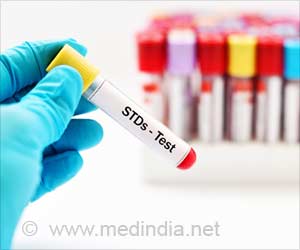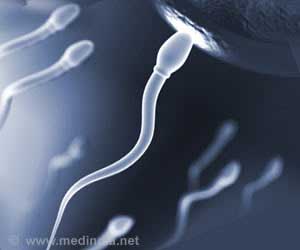A study has found that animals exposed to low night-time light intensities, comparable to those found in cities, develop their reproductive system earlier.

They found that their testosterone levels rise and their testes mature earlier in the year. They also begin to sing and to moult earlier.
The ever-present light pollution in cities may therefore exert a major influence on the seasonal rhythm of urban animals.
For many species, the seasonal change in day length is one of the most important environmental signals in controlling daytime rhythms (e.g. sleep-wake cycles) and seasonal ones (e.g. breeding season).
People have long been exploiting this in areas such as agriculture: egg production in battery farming can be increased by altering the length of day with the help of artificial lighting.
City-dwelling animals are now not only exposed to natural light conditions, at times they also experience extreme levels of lighting as a result of artificial light.
But what effect does artificial light have on the time-of-day and seasonal organisation of these urban animals? To answer this question, it is first crucial to know what light intensities the birds are actually experiencing at night.
Therefore, a group of scientists working with Jesko Partecke from the Max Planck Institute for Ornithology tagged several urban blackbirds with light loggers to measure the average light intensities the birds were exposed to during the night.
"The intensities were very low - 0.2 lux. That and apos;s just one-thirtieth of the light emanating from a typical street lamp," the scientist said.
Yet even such low values are sufficient to make the gonads of male blackbirds mature earlier.
The scientists exposed wild-caught city and forest blackbirds to lighting intensities of 0.3 lux at night over a period of ten months.
"The results were astonishing: The birds and apos; gonads grew on average almost a month earlier than those of animals that slept in the dark," Partecke said.
The scientists also measured the level of testosterone in the birds and apos; blood as another indicator of the animals and apos; readiness for breeding.
They found that the level rose earlier if the birds had been exposed to light at night.
Song activity also got out of rhythm as a result of the low night-time light intensity; the animals began singing around one hour earlier.
"All of this indicates that, from a seasonal perspective, the animals are ready to breed earlier," Partecke added.
However, animals living with night-time light not only exhibited an advanced onset of breeding, they also moulted towards the end of the breeding season a lot earlier than birds that spent their nights in the dark.
"These findings are clear evidence that the artificial light we find in towns and cities can dramatically change the seasonal organisation of wild animals," Partecke said.
Source-ANI









